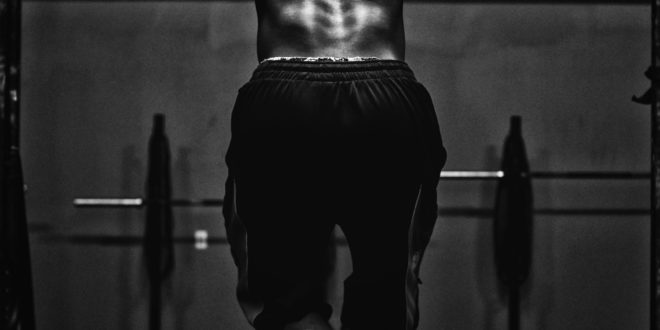 The old adage “If you don’t use it, you lose it” is never more pertinent than when it comes to the topic of muscle mass. As an older adult, you may know that age-related changes like bone loss, weight gain, decreased organ function, and reduced muscle mass are a somewhat natural part of getting older. Do you know just how much muscle loss is normal though? You may be surprised by the answer.
The old adage “If you don’t use it, you lose it” is never more pertinent than when it comes to the topic of muscle mass. As an older adult, you may know that age-related changes like bone loss, weight gain, decreased organ function, and reduced muscle mass are a somewhat natural part of getting older. Do you know just how much muscle loss is normal though? You may be surprised by the answer.
Don’t miss this essential guide to understanding how much muscle mass you lose as you age (and what you can do to prevent it):
Age-related muscle loss
The term that captures the decline in muscle mass adults start to see after the age of 30 finds its roots in the Greek words for flesh “sarx” and loss “penia” – sarcopenia. Scientifically speaking, sarcopenia is the involuntary, age-related loss in skeletal muscle tissue and therefore strength over the course of an adult lifetime, typically beginning in the fourth decade of life.
In older adults especially, sarcopenia is one of the greatest contributing factors to loss of independence and functional decline. In fact, elderly people with the greatest muscle loss are at higher risk for chronic diseases (like rheumatoid arthritis), falling, insulin resistance, and disability. It makes sense because muscle tissue itself is a key metabolic player and accounts for over 50% of the average human’s body mass.
What causes sarcopenia?
Myriad factors lend themselves to the development of sarcopenia – from basic age-related biological changes to obesity, disease triggers, the environment, hormonal changes, and more. Scientists have even found that age-related declines in testosterone in men can contribute to sarcopenia as testosterone helps to synthesize proteins and build muscle tissue.
The truth is that sarcopenia isn’t wholly avoidable, however, researchers continue to make breakthroughs in understanding age-related muscle loss and how humans can fight it. For example, a recent study of women 65 to 70 years old found that chronic inflammation could be a possible cause of reduced muscle mass. Researchers in Sweden and the United Kingdom found that a key inflammation biomarker, C-reactive protein (CRP), negatively affected the new protein generation in the living cells of participants, therefore causing muscle loss.
How much muscle mass do you lose as you age?
The stark reality is that you lose up to 3 to 5 percent of your muscle mass every decade after 30. In fact, recent estimates show that men especially can expect to lose close to one-third of their muscle mass during their lifetimes.
If you’re thinking to yourself “that’s a lot of muscle mass!”, you’re right. That is why it is critical for older women and men to take early action to preserve existing muscle and even replace what they lose.
Preventing muscle loss as you age
You don’t have to become a bodybuilder to ensure that your muscles stay as strong and healthy as you want them to be. Simple modifications to your diet and exercise regimens are a good place to start.
Nutrition
Declines in protein and calorie intake are common among older adults while growing rates of obesity indicate overnutrition of less necessary ingredients like sugar and unhealthy fats.
Proteins are the building block of muscles and healthy calories give your body the energy it needs for physical activity. Without a sufficient amount of either, maintaining muscle is impossible. In addition to lean animal meats including chicken and salmon, seniors can find protein and calories in foods like:
- Skim milk
- Legumes and beans
- Greek yogurt
- Nuts and seeds (like quinoa and chia seeds)
- Spinach
- Eggs
Progressive resistance training
Continually working on building up strength and endurance is the hallmark of progressive resistance training. Older adults should work with a trained professional to tailor a program to their needs and abilities. Goals of a progressive resistance training program should include:
- 2 to 3 workouts a week
- Multiple exercises which target all major muscle groups
- Routine of repetitions, sets, loads, and rest periods
- Buildup of weight and workout duration over time
Experts recommend first talking with your doctor about a progressive resistance training program and then connecting with a personal trainer who can offer guided instruction. Over time, you will be able to practice safely at home.
For working out at home, utilize bodyweight exercises (like squats and planks), lightweight dumbbells, and resistance band sets. Incorporate variety as well with cross-training days where you do a different type of exercise like going on a hike, swimming, or dancing.
Final thoughts
Maintaining muscle mass is not just about strength. Muscle fuels your body’s power, your efficiency, reaction times, and ability to move safely with ease. Strong muscles also help offload some of the stress on your joints which can mean less pain and discomfort as you age.









Join the Discussion
Type out your comment here:
You must be logged in to post a comment.